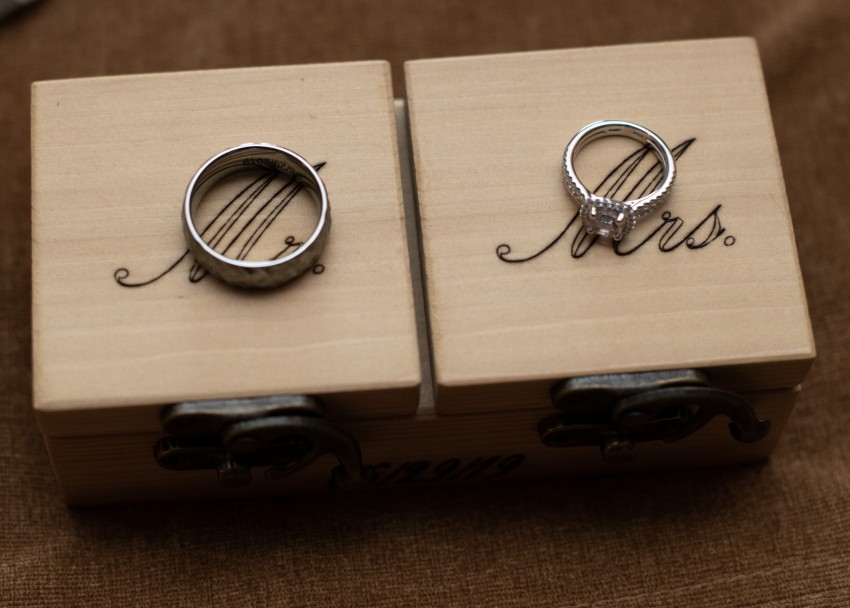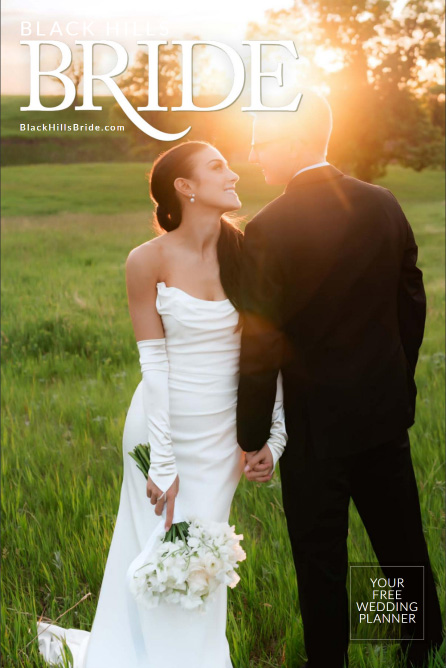Wedding Programs 101
With all the details that come with planning the perfect ceremony, one that often gets forgotten until the last second is the wedding program.
Traditionally, this piece of stationery lists details of the order of events and people involved in your wedding ceremony. It’s particularly useful for religious weddings that include readings or songs, especially if you’d like guests to join in singing. They aren’t required, however, and anymore a lot of couples choose to forego the wedding program. It is one more detail to plan and another budget line item. But it can also be a personal touch to the ceremony for your guests, and a fun keepsake for you. If you’ve decided to include them, read on for tips on crafting one!
What to Order
As with any wedding stationery item, plan ahead! The turnaround time for design, getting at least one proof, and printing can be longer than you think. While you won’t want to make a final order until you’ve gotten a decent number of RSVPs back, you can have the entire design process complete well in advance.
Speaking of design, the same rules of invitations go with programs: the more elaborate, the more costly. If you’re trying to save some money you can go a little less fancy on the program than you did on your invitations, but generally they should be similar in style.
Once your RSVPs start coming back, you can start thinking about ordering programs. A good rule of thumb is to get at least 60-70% of your RSVPs back, then add together the confirmed guests attending to your total unreturned RSVPs. You might still end up with a few extra programs, but at that point it shouldn’t be enough to blow your budget.
What to Include
The first thing to consider is the basics: your names, the date, ceremony location and an outline of the ceremony proceedings. Tradition also recommends including a welcome to your guests, including a blessing or prayer if you are religious.
When deciding what to include on the program, also consider how much detail you want to go into. This may determine if you have a simple one-sided card, or a full greeting card style program with lots of information. Be conscious of the fact that a longer, more elaborate program will also mean more paper and possibly design fees — which means more money out of your budget.
For a basic program, you can stick to simple headings such as “welcome, readings, vows” etc. Include any details of rituals or songs you’d like your guests to participate in such as a ring warming or hymns. A great use of the program is asking guests to not take pictures with flash or to stand to the side to take videos so they don’t interfere with your professionals trying to capture the day. If you have space, feel free to list out the names of your wedding party as well. It’s guaranteed that not everyone will know your bridesmaids and groomsmen, so it’s nice to introduce them.
If you want a full program with all of the details, you can add in things such as names of parents, a line or two about your bridal party (how you met, if they’re a sibling, etc), people who are doing readings or singing a song, and any detailed rituals or customs your guests may not be familiar with. This is great if you’re marrying someone who doesn’t come from the same background. Explaining customs makes sure everyone feels included in the joy of your ceremony.
One last important detail you should consider no matter the length of your program: if the reception is not at the same location as the ceremony, include details. You’ve most likely included this on the invitation or your website, but guests don’t usually bring that information with them. If nothing else, the reminder of the time and location of the reception is information that makes the program worthwhile. It’ll give your guests direction so you don’t have to worry about herding cats while you’re also trying to get family photos taken.


